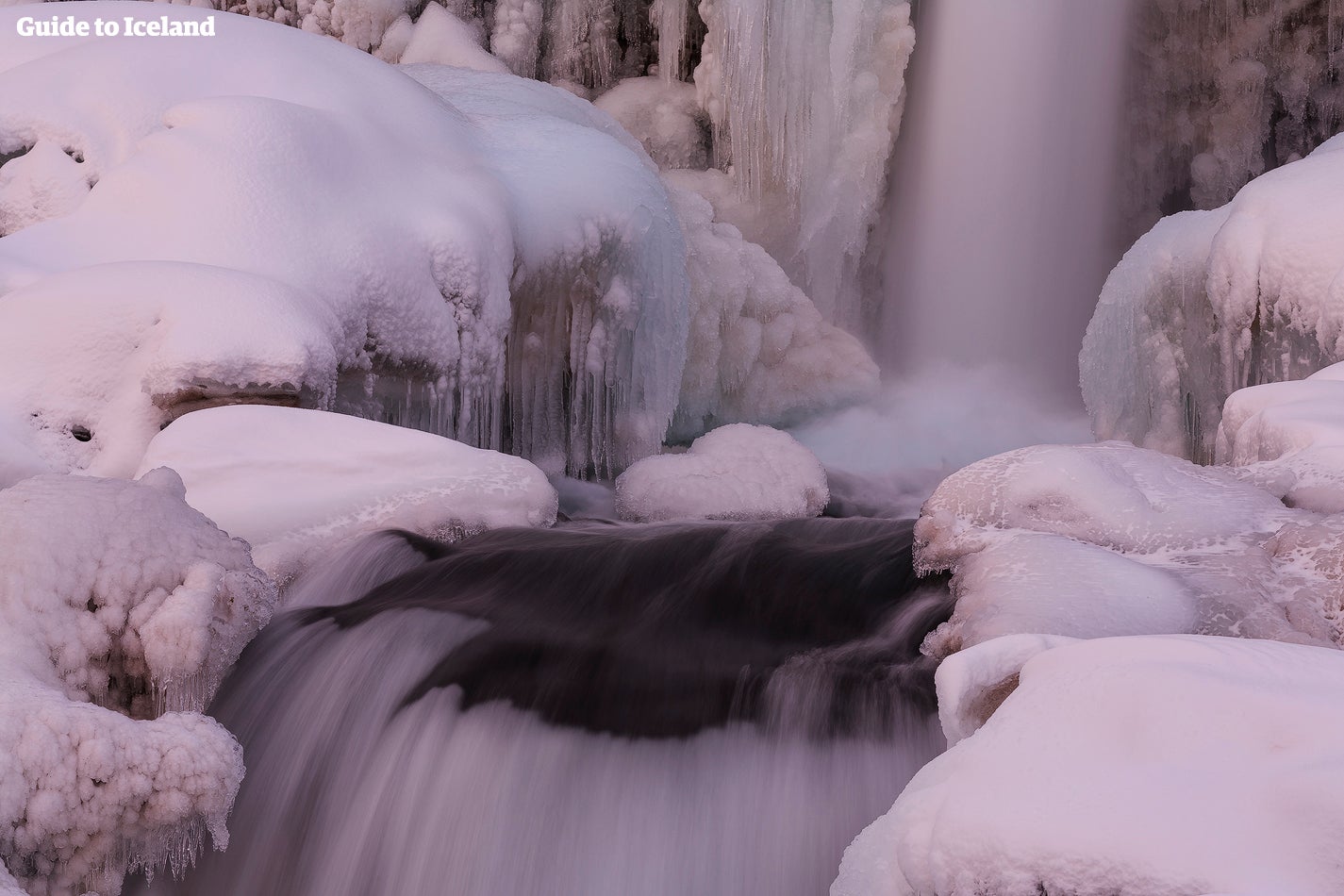What are the main differences between sustainable tourism and mass tourism in Iceland? What are the positive and negative effects of the tourism boom and what can Icelanders learn from the experiences of other countries? What can you do to make sure your visit to Iceland is both respectful and authentic?
- Enlighten yourself with our article Rivers for Sale | The Future of Iceland's Water Systems
- Support Icelandic wildlife with Icelandic Animals Tour Combo around Reykjavik
- Experience the best of Iceland on this 4 Day Winter Vacation
Welcome to the Tourism Debate
Ever since the 2010 eruption of the immense, ice-capped volcano, Eyjafjallajökull, the eyes of the world have been fixated on Iceland, a country whose stark and mystic beauty had long been a well-kept secret.
Why You Can Trust Our Content
Guide to Iceland is the most trusted travel platform in Iceland, helping millions of visitors each year. All our content is written and reviewed by local experts who are deeply familiar with Iceland. You can count on us for accurate, up-to-date, and trustworthy travel advice.
With air travel interrupted, holidays cancelled and an enormous plume of Icelandic ash making its way across the skies of Europe, that secret was suddenly, and violently, out of the bag. The country would never be the same again.
In the period since, the country has seen an unprecedented rise in visitor numbers—a trend that has uprooted and revolutionised the very foundations of Icelandic culture. But just how enormous is this tourism boom?
In 2016, Keflavik Airport saw a 40% increase in guests from the preceding year—roughly 1,700,000 people visited the island nation of 330,000—demonstrating how fundamental the tourism industry has become to the country's economy.
On average, foreign tourism grew by an average of 21.6% from 2010 to 2015. In that same period, overall foreign exchange earnings from tourism grew from 18.8% to 31%, coinciding with the tourism overtaking aluminium processing and fishing to become the country's largest industry.
Within five years, visitation to Iceland had increased by a staggering 264%—and with numbers like that, it's difficult at best to predict how such a trend can stop in the foreseeable future.

Yet, tourists, in general, are notorious for changing the very dynamics of a country that made it so desirable to them in the first place. This is often classified by industry professionals as "overtourism." This problem is not specific to Iceland, but global in nature and affecting many other countries.
To take one example from this year, protests were held in Spain against what Spaniards saw as a loss of control by the country’s tourism board. The banners read simply: “THIS IS NOT TOURISM, IT IS AN INVASION"—Spain, like Iceland, also felt the benefits of a tourism boom during the 1970s when the industry bailed out the country’s economy so efficiently that the period has since been labelled “The Spanish Miracle”.
Experience tells us that a surge in tourism will have both positive and negative impacts on the host country, and the perspective one adopts depends largely on which sphere of influence one chooses to focus one's attention on.
For instance, one side of the argument could rightly contend that tourism has been—and continues to be—the saving grace of the Icelandic economy; an economy that totally collapsed following the 2008 financial crisis. No one could dispute this fact, nor would they even try.
And yet, many sites of cultural and historical significance are now routinely overrun by eager sightseers, threatening both nature’s delicate balance and the potential for future preservation. In this respect, both the Icelandic government and its people have yet to find an equilibrium between financial gain and physical loss; the tourism debate continues to rage on while the country sits at a crossroads.
Despite the breadth of the challenges Iceland now faces, very few policy changes have been made over recent years to help alleviate the issue. Even those who have profited the most from Iceland's tourism boom have been quick to chastise the government's slow response to such tribulations.
For instance, the Icelandic government neither taxes the visitors flying into the country, nor has it set up any toll roads along major tourist routes. The money earned from such ventures could go a long way toward securing needed infrastructure development and environmental preservation and yet this option remains unexplored.
The changes being made are short term and imposed only to settle the immediate frustrations of an anxious population. For example, tour buses are now no longer able to access Reykjavik's central streets, given complaints from downtown residents that the tourist shuttles clog the streets, obstruct traffic and hamper pedestrian walkways. While this is a positive step, nothing much is done to consider curbing the exponential long-term increase of such operators.
There have also been adjustments to the accommodation situation; landlords renting out their property as an Airbnb now have a 90-day cap, a proposition that, hopefully, should curb the exile of young people and artists from the 101 downtown neighbourhood. Such legislation is but an afterthought aimed to rectify the problems tourism has already brought to Iceland's shores.
- See Also: Where to Stay in Iceland and Where to Stay in Reykjavik
There is a particularly vocal opposition in Iceland who refutes such changes, claiming the legislation to be the equivalent of picking a weed from its flower rather than its roots; the problems will reoccur again and again until decisive action is taken.
Some claim that the solution can only be in the form of a yearly cap on visitors, that by heavily regulating the industry will offer the country some breathing room in order to improve its infrastructure. Others claim that such a disruption to the current equilibrium could harm Iceland's attractiveness to tourists in the future.
Icelanders are renowned for their openness, friendly attitude and authentic interest in those outsiders visiting their shores. They are also an incredibly proud people, loyal to their heritage, their island and their kinship with one another. No one should be under the illusions that Icelanders want their country to be perceived as the "Nordic Disneyland", and efforts should be made to not treat the place as such.
Patience as a virtue is something this country's people have cherished for centuries, but as the pressure mounts internally, one can't help but think back on that Spanish protest banner, "This is not tourism, it is an invasion!" To put it simply, over time, the Icelanders' patience will wear thin; already, the cracks are beginning to show through their well-set stoicism.
There is something of a dichotomy in the Icelandic press on this issue. Take "the toilet issue" as a prime example; the city's English language newspaper, The Reykjavik Grapevine, happily exposes tourists defecating on private property around Iceland, whilst mentioning in only quiet passing the fact that many of Iceland's more distant attractions lack any utilities whatsoever (...let's leave them to go in their pants, shall we? Welcome to Iceland).
Sustainable Tourism Vs. Mass Tourism
Tourism is an industry like any other, working off proven models, systems and theories in order to generate the largest profit margin possible. The increasingly complex network of stakeholders in this massive operation include government parties, airlines, tourism operators, tour providers, local businesses, real estate holders, local residents and of course, the tourists themselves.
On a global scale, the industry has been broken down into an enormous array of specific terms, each pointing to a different ‘pull’ the tourist desires; eco-tourism, creative tourism, dark tourism, space tourism, religious tourism, volunteer tourism, to name only a handful.
In Iceland, the largest attraction is the nature itself, as well as the chance to experience unblemished, human solitude in wide open landscapes. This would be categorised as Nature / Adventure Tourism.
As a caveat to this point, let it be mentioned that "Nature Tourism" means that Nature itself is the primary engine for Iceland's travel industry, and therefore, of the utmost importance when it comes to protection and respect. The danger, of course, is that through overtourism, we end up destroying what we love the most.
The two most important models today are ‘Sustainable Tourism’ and ‘Mass Tourism’. Sustainable tourism is the future, a means of protecting the industry, the environment and ourselves. Mass tourism is the model of yesteryear, an economic turkey shoot whose priorities lie not in conservation or continuation of the practise, but simply in the increase of profits all costs.
What is Sustainable Tourism?
Overall, sustainable tourism can be defined as a management strategy for attracting international visitors, taking into full account the consequences such action will have on the environment, the host culture and its economy. Thus, in order to fully achieve this ambition, sustainable tourism practitioners should:
- Protect and conserve the socio-cultural legitimacy of the host community, respecting their heritage, belief systems and cultural practices. The host community must contribute in return, educating their guests on how best to interact with and respect the natural environment.
- Ensure the protection of ecological sites imperative to tourism development. This is of particular importance to Icelanders, especially those who recognise that international interest falls largely at the feet of Iceland’s natural landscapes.
- Provide economic relief for host communities from profits earned through tourism development, as well as providing all suitable stakeholders with their fair distribution. This avoids putting an unjust emphasis on the tourists, rather than locals. The Airbnb situation currently affecting Reykjavik, where locals are outpriced of their accommodation, is a good example of how Iceland currently fails in this duty.
- See Also: Where Did Icelanders Come From?
There are three key areas that Icelanders themselves have identified as areas of concern for the future; economic and social impacts on the culture of native Icelanders, a lacking transportation infrastructure and the need for swift environment preservation. Even the director general of the Icelandic Tourist Board, Ólöf Ýrr Atladóttir, has since claimed, " in hindsight, we should have focused on infrastructure at the same time".
What is Mass Tourism?
The overall outlook described above differs dramatically from mass tourism, a term academics have coined to describe the outdated model the sector currently works under in many parts of the world.
To give you a tangible idea of mass tourism, consider the presence of cruise liners, theme parks, resort towns and package vacations. Mass tourism caters to those who have done little to no background reading or language preparation, as well as to those who are seeking out only "the most popular sights". But what is the underlying process that makes mass tourism tick?
For starters, mass tourism relies on sights and activities being commodified and sold as products. This, quite obviously, does much to deter the idea that the sights and activities in question are marketed as a “once in a lifetime experience." And yet, this is but a mere consequence of a greater number of people travelling for pleasure; the system is designed to acquire and cater to as many guests as possible.
This problem is further irritated by the fierce competition between operators. By waging pricing wars, the difference between travel services becomes minimal at best. This means that, rather than being offered a truly unique experience, visitors to Iceland will be met with the same tours and activities that already saturate the market.
As tourist numbers increase, so too does the local ambition to profit off this trend; in today's Iceland, tour operators rise and fall like card stacks, with even the largest companies at risk due to their reliance on the market factors.
This oversaturation is a problem partly created by the tourists themselves. By acknowledging and readily accepting the sheer amount of discount pricing going on, many consider cheap travel a right rather than a privilege. Such thinking can only be of detriment to a quality experience.
It should also be considered that tourism is a perishable industry, reliant on the transient tides of international interest, and therefore cannot be stocked in the same way as other major industries.
Considering that visitors travel to Iceland for its magnificent nature—its cascading waterfalls, its unbound wild lands, its delicate river systems, its snow-wreathed mountains—it would seem obvious that ecological care and protection is fundamental to ensuring the tourism industry's prolonged lifespan.
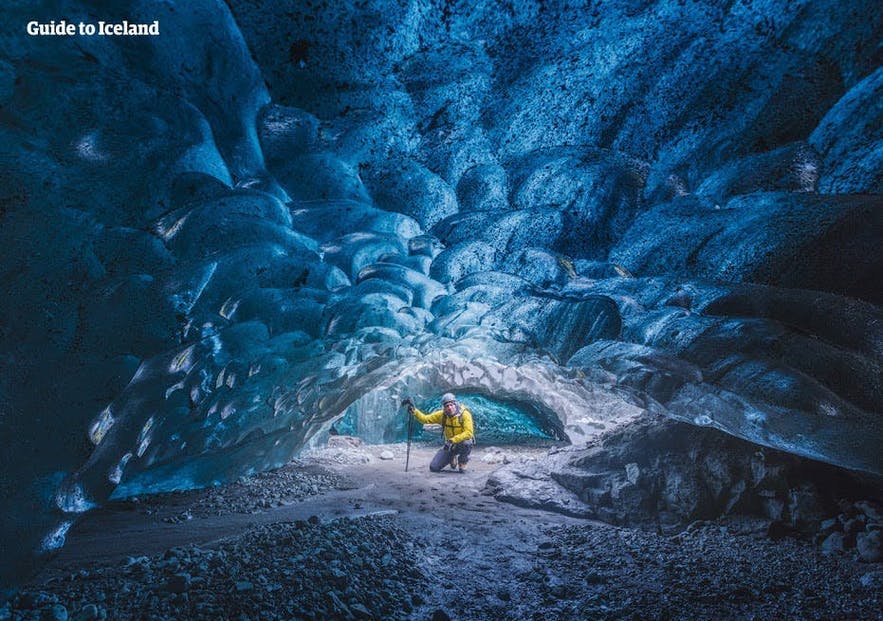
Iceland’s resident glaciers are a major pull for international visitors travelling to the country, yet many will overlook the fact that these very ice-caps are directly affected by changes in climate and are receding at a measurable rate. When the glaciers disappear, so too will a plethora of related activities, tour options and, most importantly, beautiful natural panoramas.
As the gatekeepers to Iceland, airline companies must share their brunt of the responsibility. Despite the fact that travelling to Iceland via alternative options is largely unpractical, it must not be overlooked that the airline industry has, for decades, fought legislative action to combat carbon-related climate change. In doing so, airlines have directly opposed the principles they claim to hold so dear.
Of course, given the large profits raked in each year by airlines, their ability to mask their true colours and deceive the consumer into buying into their eco-friendly image is a force of nature in its own right. Responsible tourists are able to detect this hypocrisy easily, and thus, should take the matter into account when planning their trip.
Is Tourism in Iceland Sustainable in the Future?
In truth, it is unlikely that Iceland will see the visitor numbers currently projected by the government in future years. According to these predictions, some 2.5 million guests are expected to visit Iceland in 2018, but as elsewhere, the novelty of a destination tends to wear off in time.
With that being said, Iceland’s boom is unexampled, in major part due to the country’s small population. Only very tenuous links can be drawn with other nations experiencing their own tourism booms.
Circulating in Iceland are a number of theories on how to ensure the industry’s proliferation. As mentioned above, on one side of the argument there is a call to temporarily cap the number of visitors to the country every year. This way, government agencies would have the respite needed to improve and invest in Iceland’s infrastructure, its road systems and site accessibility.
Though it sounds like a long shot and starkly in contention with the onslaught of tourist money, Iceland has prepared itself for the long-term in such ways before. Consider the fishing quotas implemented in the 1980s; without such strict regulation, Iceland's fish stocks would not be at the sustainable levels we see and cherish today.
The government has already set out its plans to place nature conservation and outdoor activities hand in hand. As set out in Outdoor Activities in Harmony of Nature, the objectives prior to 2020 are as follows;
- The public’s right to free access to common land should not be restricted unless it is vitally necessary for the purposes of nature conservation.
- Outdoor activities considerations should be taken into account in planning and decisions on land use.
- The growth in tourism in Iceland should be further encouraged and accompanied by preventive measures to protect nature from damage caused by increased traffic.
To achieve these ambitions, the government is focusing their attention on a handful of important areas; an individual's right to travel, the carrying capacity of tourists sites, site improvements, increased patrols, more information provided to tourists and an active tourist participation in monitoring costs.
All in all, Iceland is a small country with a small population and a parliament that only has space for 63 members. In light of such facts, the country should be able to pull together to collectively make tourism a force for good in Iceland and not one that will continue to pressure the population indefinitely.
Having survived and prospered a 2008 banking crisis, a housing market collapse, a devalued currency and a peak in unemployment, overtourism is just one more hurdle for the Icelandic people to overcome. Be under no illusion, however; to do so will take the participation and cooperation of numerous agencies: government officials, airlines, tourist boards, tour operators and YOU.
What Can You Do?
- See Also: Top 10 Things to do in Reykjavik
There are a number of ways in which the tourists themselves can contribute to sustainable tourism practices. First and foremost it is imperative that you do some prior reading on the culture you would like to visit. Learning about the environment in which you will be travelling helps to put you in a respectful frame of mind and will also inform you about some basic mistakes you can avoid.
Acting responsibly during your visit to Iceland will also help to maximise your time and experience. By reflecting on how the locals interact with one another and their environment, you'll find yourself fitting seamlessly into the fabric of Icelandic culture.
- See Also: Travel Etiquette in Iceland
Respect the Environment
One of the first observations visitors to Iceland often make is how clean the nation’s streets and countryside are. Although other cultures might have a more nonchalant attitude to littering, Icelanders are incredibly proud, diligent and proactive when it comes to keeping their environment clean.
Litter bins are prevalent on almost every street corner of downtown, ensuring that there is always a better spot for that empty can of coke than the neighbouring bushes.
One of the greatest dangers is the exponential rate in which littering occurs. If one is strolling down an unblemished street, then one is far more likely to contemplate being the first individual to tarnish it with their laziness.
On the other hand, if the street were already to look as though it is habitually used as a passing rubbish dump, one is immediately inclined to care less about its active protection.
- See Also: The Ultimate Guide to Driving in Iceland
In truth, respecting the environment does not just mean refraining from littering, it means taking a proactive approach to the problems that already exist. If during your time here you happen to stumble across litter that can be easily removed, we implore you to do so.
After all, we as a species must evolve past our sense of entitlement and belonging, and instead, strive to better ourselves and the environment whenever the opportunity to do so arises.
Whilst travelling in Iceland, keep conscious of the environmental regulations that are in place to preserve and protect the country's nature. Off-road driving, for instance, is illegal given the impact and irreversible damage that such action causes to Iceland's fragile environment. To find safe routes and road conditions, one can check the Icelandic Road and Coastal Administration's English website here.
So too is treading off designated hiking trails and paths; remember, much of Iceland is covered with a delicate blanket of moss, a particular species that takes many years to recover if damaged. Because of this, camping on private property outside of designated campsites is illegal. If you seek permission from the landowner, however, they may be happy to grant you access for a small fee.
Support Local Business in Iceland

One surefire way of supporting the Icelandic economy is to favour local businesses. By purchasing local goods and cuisine, and seeking out those companies who prioritise environmental causes, you will be making a direct impact on the longevity of Iceland as a must-visit destination.
Supporting the local business also allows you to come in direct communication with Icelandic people; by engaging this way, you will gain a deeper insight into the nature of daily life here and see for yourself the incredible talent, commitment and entrepreneurship demonstrated by the Icelandic small-business community.
- See also: Icelandic Design | Top 13 and Best Shops in Reykjavík | A Local Guide to the City's Originals
Avoid Staying in an Airbnb
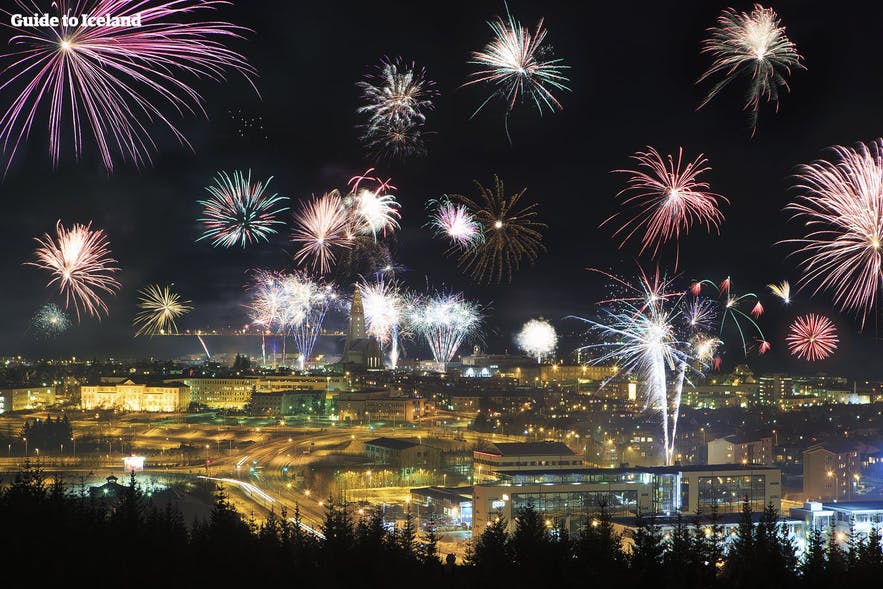
For those who live in Reykjavik, it is never long until a conversation regarding Airbnbs crops up. Due to the tourist boom and a natural, human desire to make the best out of a situation, a large number of Icelandic landlords have striven to use their properties as pop-up Bed and Breakfasts. In doing so, they have alleviated the pressure on tourist accommodation, making it possible for the country to handle so many people.
In truth, when it comes to accommodation, Iceland is stuck between a rock and a hard place. Given that a hotel construction project will often take a few years to complete, the need for accommodation in the meanwhile has caused an inordinate amount of stress for locals and travellers alike.
As simple arithmetic would have it, renting to tourists is far more profitable than renting to locals; unfortunately, this means a great number of downtown residents have been evicted from their homes and forced to live further away from the city centre.

From 1st January 2017, new legislation was implemented regulating the spread of Airbnbs in Reykjavik. Property owners have 90 days of the year to rent out their rooms and apartments to tourists, or until they have acquired 2000,000 ISK in gross rental income. Property owners who intend to do this will have to first register with the police, pay a fee and provide all information relating to rental days, income and expenses.
Critics of this legislation pose a number of interesting points, highlighting the sheer complexity of the issue. Many point to Iceland's small police force, claiming they have neither the manpower nor resources to prosecute those who violate such terms.
It is expected that entrepreneurial Icelanders will continue the practise, all the while hedging their bets they won't be discovered. On top of that, it is highly conceivable that the new legislation is not really about protecting city residents, but instead Iceland's hotel industry during the winter months, the time when occupancy is at its lowest.
- See also: Where to Stay in Reykjavik
- See also: Where to Stay in Iceland
Do Not Buy Bottled Water

Unless you happen to reside in a country where clean drinking water is very much in short supply, there should be no reason, ever, to purchase and consume bottled water.
Quite frankly, there is no country on the planet where water is quite so fresh, natural and drinkable. Aside from the reality that there is absolutely no need to spend money on water that's exactly the same as that from the tap, plastic bottles cause an enormous level of damage to Iceland's ecosystem, be it in the surrounding coastal waters or inland.
Avoid Eating Whale Meat or Puffins

The consumption of puffin and whale meat has long been a part of Icelandic culture, the people utilising the resources available to them to survive the hardships of this inhospitable, volcanic island. The Icelandic word "hvalreki" means "beached whale", a description of something positive that is unexpectedly at someone's disposal.
Whilst now considered a delicacy by certain Icelanders, others across the country are itching to fight this practice, especially wildlife operators who rely on puffin and whale watching as their livelihood. In the spirit of sustainability, experiencing such domestic wildlife from a distance is always a preferable option, especially considering that puffins were recently added to the Endangered Species list.
Although tourism is not the primary, driving factor for Iceland's whaling or hunting quota—the whaling quota is, for now, at least sustainable—it overlays the practice with an unnecessary justification, thus complicating the environmental and sustainability argument further.
Trying such exotic meats as whale and puffin have become a novelty for visitors arriving in the country, with many restaurants along Laugavegur advertising such products for sale. The reason why WHALE and PUFFIN are written in such large and bold lettering is to attract those who have never eaten it, nor had any prior inclination to do so. Guide to Iceland does not support the practice of whaling.
Now, given the international assertion that whaling is an outdated practise, this country's hunting of Minke Whales does little for Iceland's economy and even less for its reputation abroad. When it comes to arguments of tradition, the country must be honest with itself as to which traditions should be kept alive and which should be buried for good.
Respect Your Tour Guide
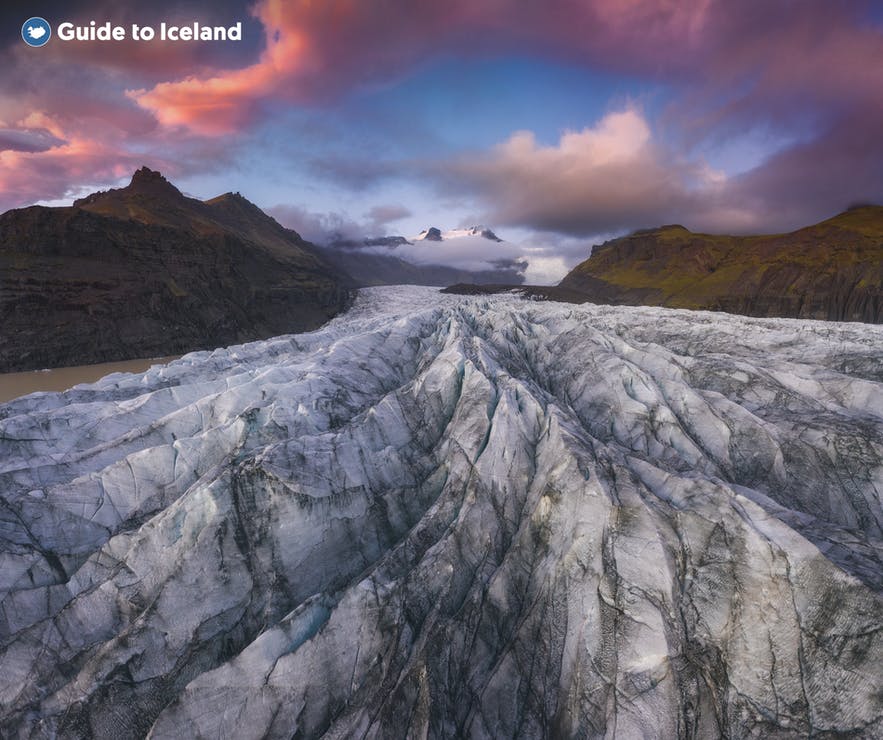 Photo From: Small Group Glacier Hiking & Ice Climbing Tour on Solheimajokull Glacier
Photo From: Small Group Glacier Hiking & Ice Climbing Tour on Solheimajokull Glacier
Without a measure of a doubt, tour guides are the frontline troops of Iceland’s tourist industry. Braving the island’s capricious weather, its disobedient terrain and an onslaught of underprepared visitors, they are, arguably, the herring fishermen of today’s economy, keeping the country and its guests in a constant state of security.
Be they whale watchers, super jeep drivers, scuba divers, hikers or cavers, you can guarantee there is a guide out there now, somewhere in the wilderness, working. With that in mind, one should always respect the experience and knowledge that such guides boast. This is, after all, their shooting ground, their land and their life, devoted to the guest and the activity at hand.
It goes without saying then that guides are an indispensable asset to the country’s workforce. Without foreign visitation, the boom in development, culture and industry here would simply be non-existent.
This is why, without much complaint, the idea that "guides don't expect tips" in Iceland slowly gnaws away at the mental well-being of many guides. Without a measure of a doubt, for the work done, their job is underpaid, physically demanding and encapsulates numerous challenges, least of all keeping a smile plastered on their faces when things get tricky.
Given the tipping culture of many of those travelling to Iceland, handing out a little extra is NEVER frowned upon, nor is it completely unexpected.
Background Reading for the Sustainable Tourist
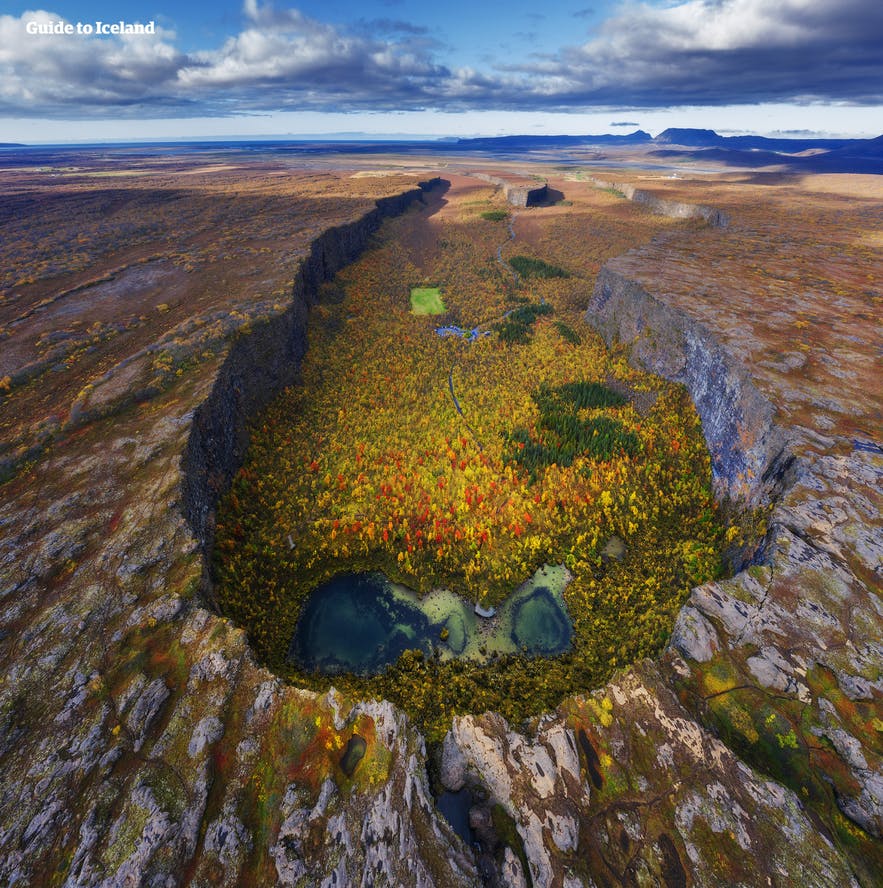
Last, but not least, you'd do well to do some background reading on Iceland before you arrive. Below you will find a number of background articles that might be of particular use to the conventional traveller to Iceland.
- What is an Icelander?
- Iceland's Troubled Environment
- Weather in Iceland & Best Time To Visit
- Gay Iceland | All You Need to Know
- Gender Equality in Iceland
- Time in Iceland | A Land for the Present Moment
- Dumbest Things to do in Iceland
- How Hard is it to Speak the Icelandic Language?

How did you find "the tourism situation" during your time in Iceland? Did you find your needs were met, or is there more infrastructure that could be invested at some of the country's most popular attractions? Did you find parts of the country too developed or too undeveloped? Make sure to leave your comments and queries in the Facebook box below.













